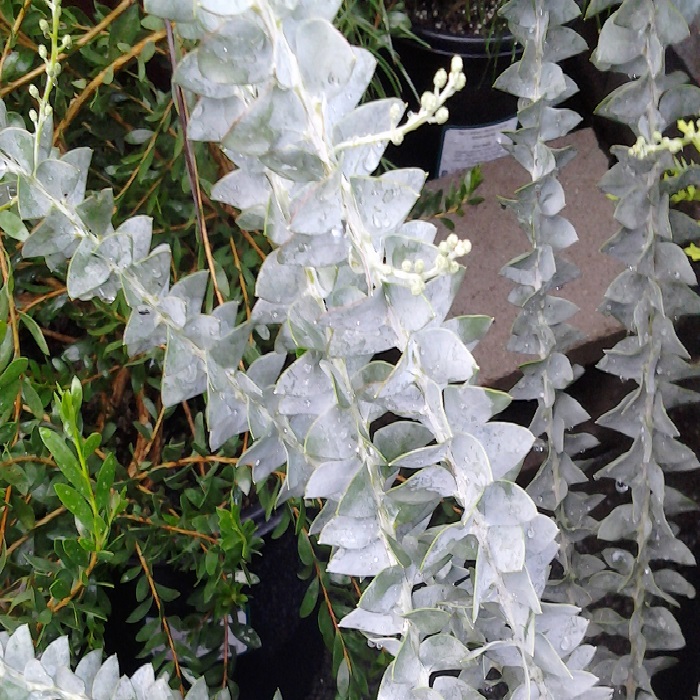UNITED STATES—Knowing how colorfully bulbs will eventually bloom can initially make planting them disappointing, since there is nothing to see for all the effort. Planting bare root plants is not much more rewarding. The bare stems are a bit more proof of the effort, but will do nothing until they break dormancy in spring. Now that Christmas trees have vacated nurseries, bare root plants will be arriving, and will need to be planted before winter ends.
As the name implies, bare root plants have bare roots, without the soil they were grown in. Better equipped nurseries ‘heel in’ bare root plants in moist sand, which simply means that the roots get buried temporarily. When purchased, the plants get pulled from the sand and wrapped for the trip to their new home garden, where they get planted permanently into real soil.
Alternatively, bare root plants can be prepackaged in bags of moist sawdust. They only need to be removed from their packaging and sawdust before getting planted into the garden. Mail order plants, including plants purchased online, often get packaged even more simply, with a damp bag around the roots, maybe with a bit of gel or damp paper. The plants are safely dormant, so are not even aware of what is going on.
The main advantage of bare root plants is that they cost about a third of what typical nursery stock in heavier cans of media (soil) cost. Because they are so much less cumbersome, several bare root plants can be purchased at a time, and brought home in a small car without much effort. Since they lack the luxury of the soil they were grown in, they immediately disperse their roots directly into the surrounding soil.
Roots of bare root plants should be spread away from each other at planting. Soil amendment is nice, but should not be so copious that roots will not want to disperse outside of the amended soil. Even if rain is expected, newly planted bare root plants should initially get soaked so that soil settles around the roots. Grafted plants should be planted with the graft union above grade.
Fruit trees such as apricot, cherry, plum, prune, peach, nectarine, almond, apple and pear, as well as roses, are the most popular of bare root plants. Flowering crabapple, flowering cherry, poplar, willow, lilac, forsythia, wisteria and grape are also available.
Highlight: knife-leaf wattle
Even without the bright yellow staminate flowers (fuzzy with prominent stamens) that bloom in late summer or autumn, the grayish foliage of knife-leaf wattle, Acacia cultriformis, is still striking. It contrasts nicely with dark green foliage of pines, redwood and ivy. What seems to be small triangular leaves are actually ‘phyllodes’, which are modified petioles (leaf stalks) of vestigial leaves. They are about half an inch to an inch long, and neatly arranged on stiff stems.
Mature trees do not get much more than ten feet tall, and grow slowly enough to be kept even shorter. They can tolerate a bit of shade from larger trees. However, they bloom more profusely with better exposure. If the pollen is not a problem, the flowers are nice for cutting. So is the foliage, which is complimentary to many other cut flowers. Like almost all acacias, knife-leaf acacia does not require much water once established.






